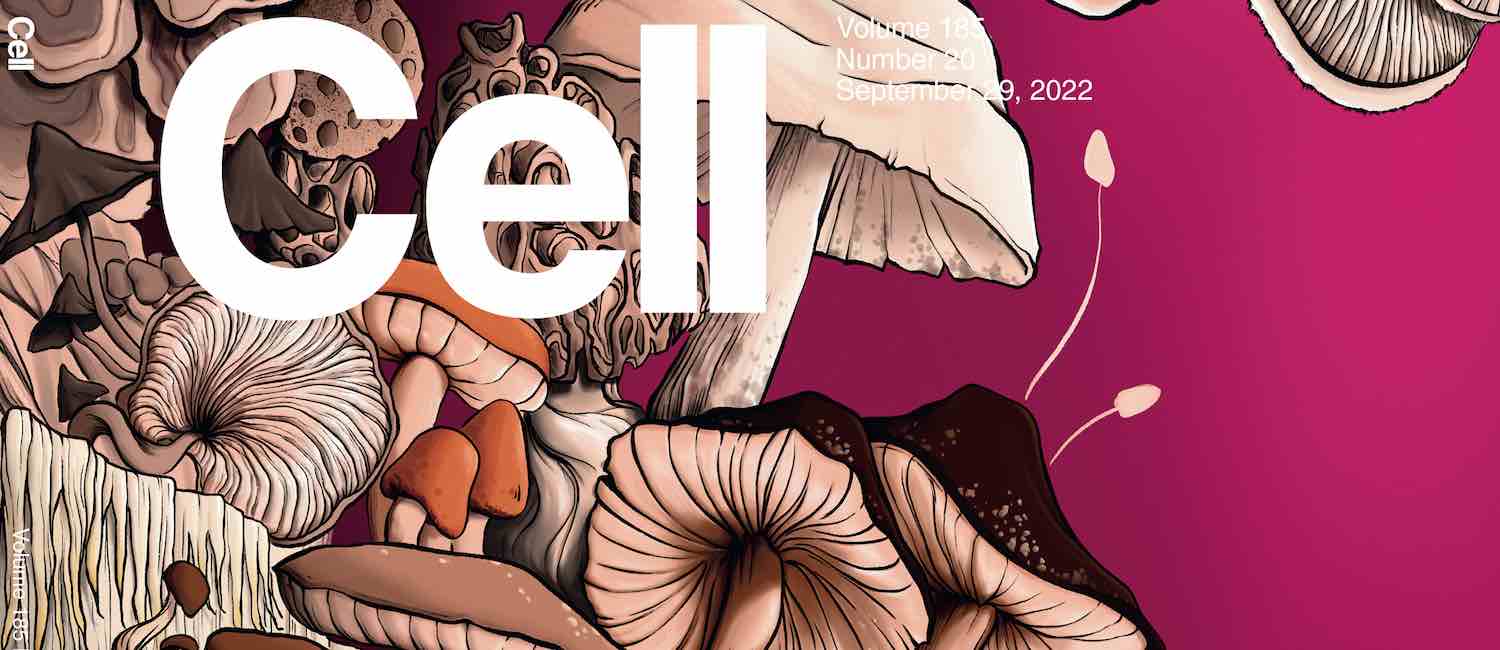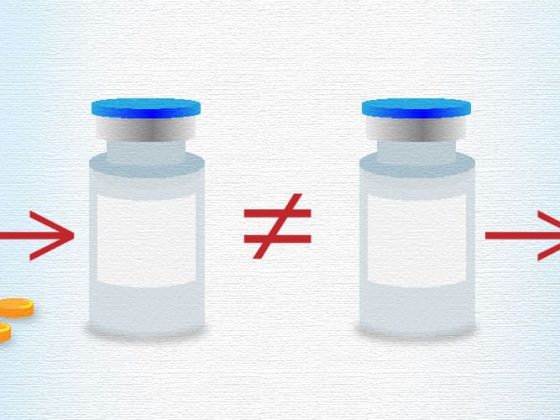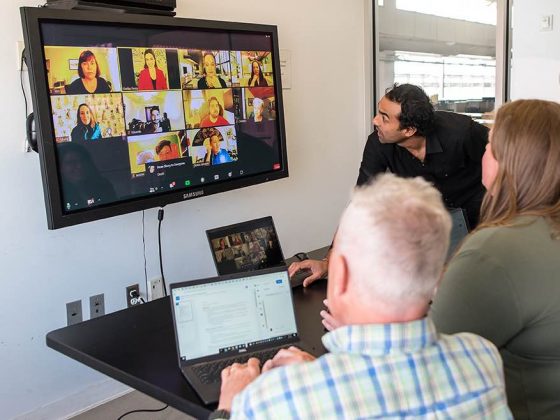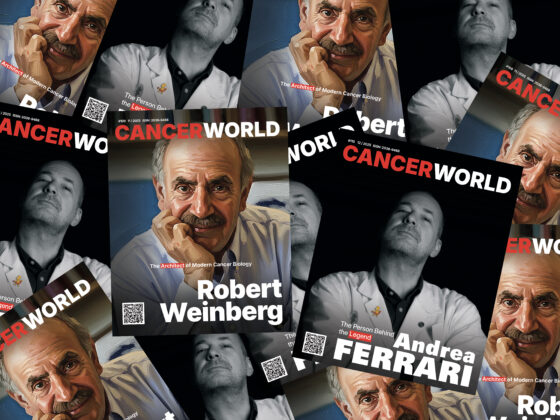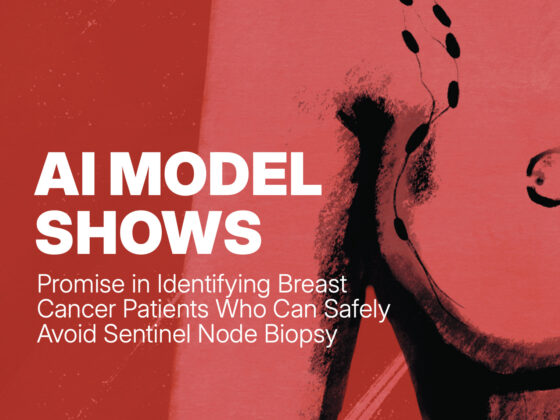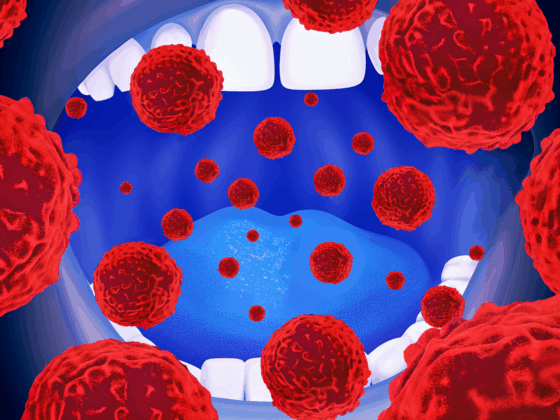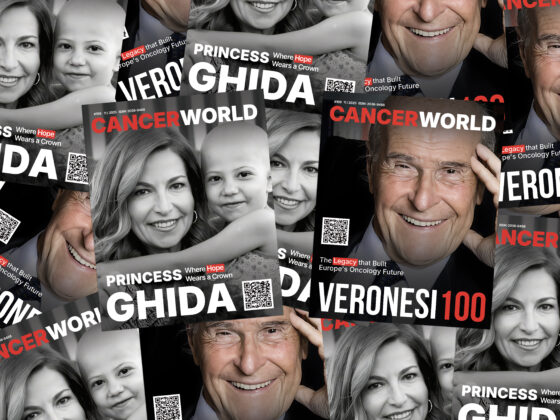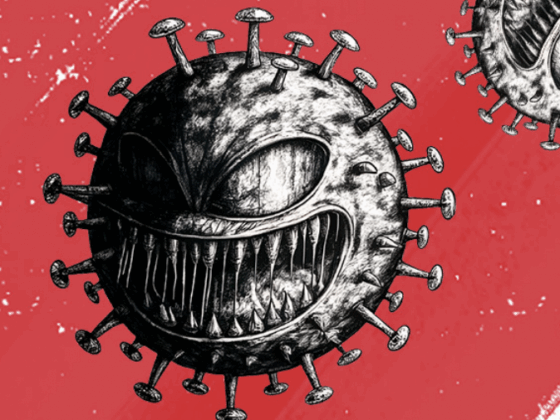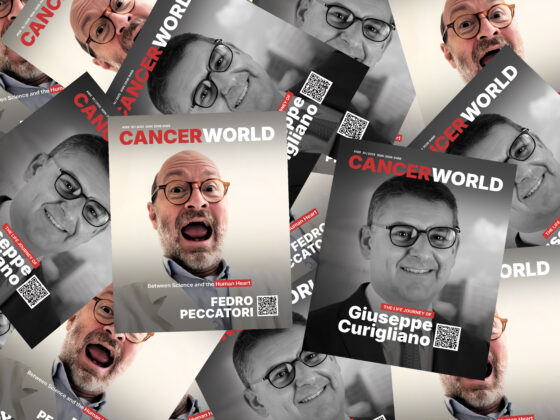The first pan-cancer mycobiome atlas has revealed the presence of microfungi in 35 types of cancer, with the presence of some fungi correlating with overall survival. The findings of associations between cancer and the human mycobiome were published in Cell, 29 September. This discovery is so important that Nature dedicated an editorial to the topic.
“The existence of fungi in most human cancers is both a surprise and to be expected,” says Rob Knight, one of the corresponding authors, from UC San Diego School of Medicine. “It’s surprising because we don’t know how fungi could get into tumours throughout the body. But it’s also expected because it fits the pattern of healthy microbiomes throughout the body, including the gut, mouth, and skin, where bacteria and fungi interact as part of a complex community.”
The idea that viruses and bacteria can trigger or accelerate the development of cancer is well known; less is known, however, about the cancer-related role of fungi, which like viruses and bacteria colonise the gut, lungs, and skin, and interact with the immune system. Fungi have been found in individual tumour types and are known to contribute to carcinogenesis in oesophageal and pancreatic cancers, but their presence, identity, locations and effects in other cancer types are unknown. There are two main types of fungi in the human body: environmental fungi (e.g. yeasts and mould), which generally pose no harm to healthy people, and commensal fungi, which live on or inside the body and may be harmless, provide a benefit or contribute to disease. Fungi are also known to play a role in shaping host immunity.
In the current study, investigators from the US and Israel characterised the cancer mycobiome in 17,401 samples of patient tissue, blood and plasma samples across 35 different types of cancer taken from four independent cohorts. Using fungal histological staining of tissue microarrays, Knight and colleagues showed the presence of fungi in tumours and spatial associations of fungi with cancer cells and immune macrophages. In addition to analysing the mycobiome, the group also compared the tumour mycobiome with matched bacterial and immune cell communities associated with the same tumours, and explored the utility of fungi for prognosis and diagnosis.
The results revealed:
- Imaging showed most fungi to be intracellular within cancer and immune cells, analogous to intratumoural bacteria.
- Fungal DNA was found across many human cancers, with differences in community compositions among different cancer types.
- The researchers found significant correlations between specific fungi and age (e.g. one fungal species was enriched in tumours from breast cancer patients >50 years), smoking status, and response to immunotherapy.
- Fungi were linked to survival outcomes. The team stratified patients into six ‘mycotypes’, C1–C6, and found one mycotype, C3, was linked to greater immune activation and the best survival across 20 cancer types. In contrast, patients with intratumoral Malassezia globose, a common fungus on human skin, had significantly worse breast cancer overall survival.
- Analysing the mycobiome with matched bacterial and immune cell communities associated with the same tumours revealed that the relations among fungal, bacterial, and immune components associated with tumours were often permissive, or tolerant to each other’s growth, rather than competitive.
“The finding that fungi are commonly present in human tumours should drive us to better explore their potential effects and re-examine almost everything we know about cancer through a ‘microbiome lens’,” says co-corresponding author Ravid Straussman, from the Weizmann Institute of Science, Israel.
“These findings validate the view that the microbiome in its entirety is a key piece of cancer biology and may present significant translational opportunities not only in cancer detection, but also in other biotech applications related to drug development, cancer evolution, minimal residual disease, relapse and companion diagnostics,” says Gregory Sepich-Poore, an author of the paper from the company, Micronoma, which provided the liquid biopsy technology to measure microbiome markers.
In a second study, published in the same issue of Cell, Iliyan Iliev, from Cornell University, and colleagues from Duke University, found that some cancers were more likely to harbour certain fungi than others. Using The Cancer Genome Atlas, the team catalogued fungal species and their associations with different cancers, revealing that Candida tropicalis was more commonly found in gastro-intestinal tumours, Blastomyces fungi in lung tumours and Malassezia in breast tumours.
Their analysis linked higher levels of Candida in gastro-intestinal tumours to tumour gene activity promoting inflammation and reduced cell-to-cell adhesion, features that are associated with metastasis. “These data are exciting because they lay the foundation for simple, inexpensive tests for Candida DNA that can more precisely delineate prognosis for gastro-intestinal cancers and augment standard tumour DNA biopsies to enable early detection of these cancers before other signs are present,” says co author Steven Lipkin, from Weill Cornell Medicine. Conceivably, tumour-associated fungi could be targets for antifungal therapies to improve overall treatment outcomes.
In an editorial to accompany both studies, Xin Li and Deepak Saxena, from NYU Grossman School of Medicine, New York, write, “The significance of these two studies is that the prognostic and diagnostic capacities of the tissue and plasma mycobiomes can be developed for use in clinical settings, and synergistic predictive performance with bacteriomes will have significant implication in cancer diagnostic research.”
Illustration: A part of Cell, Number 185, Issue 20 cover


